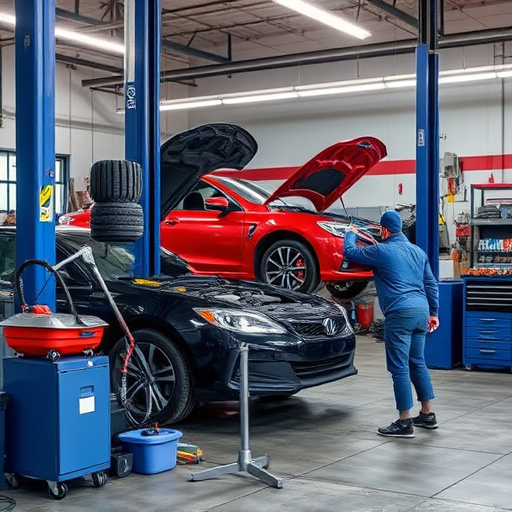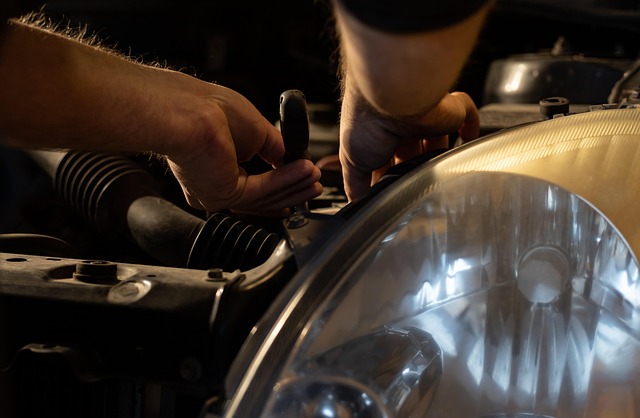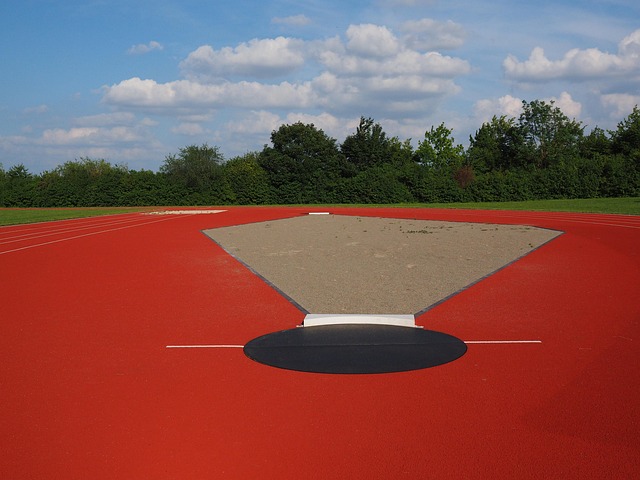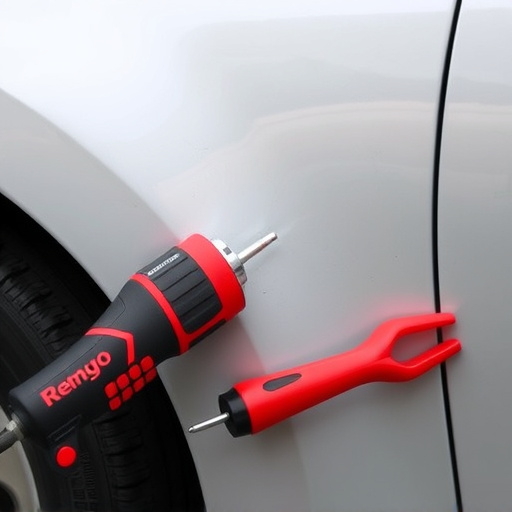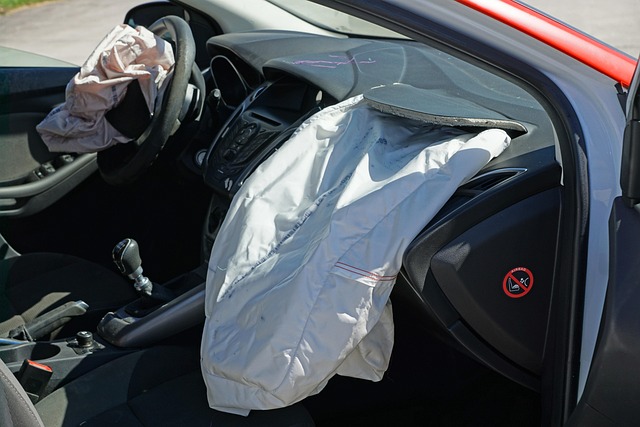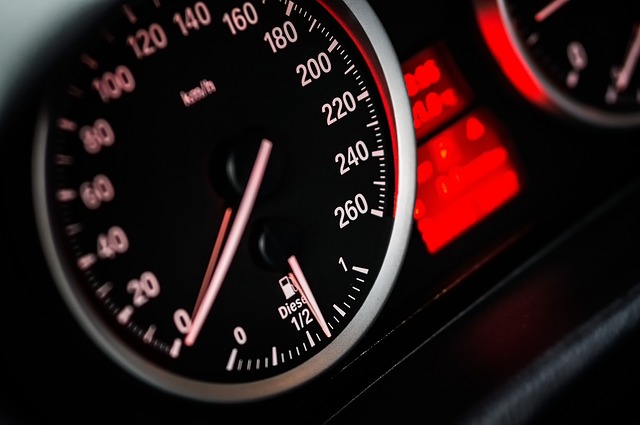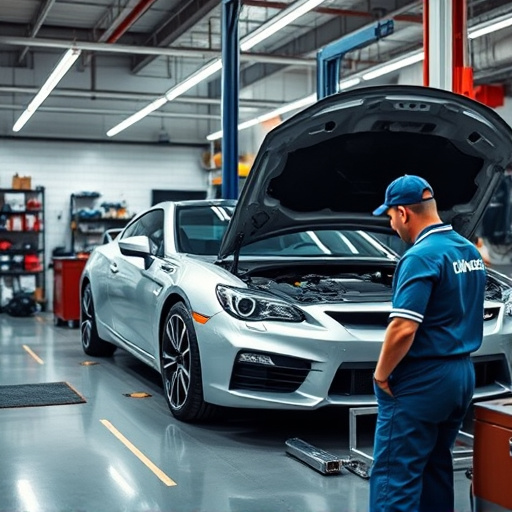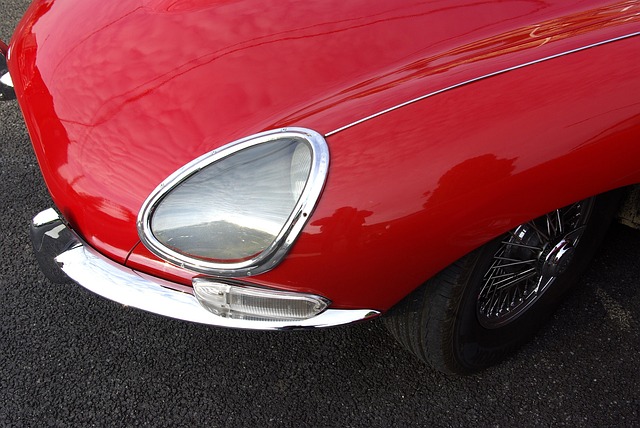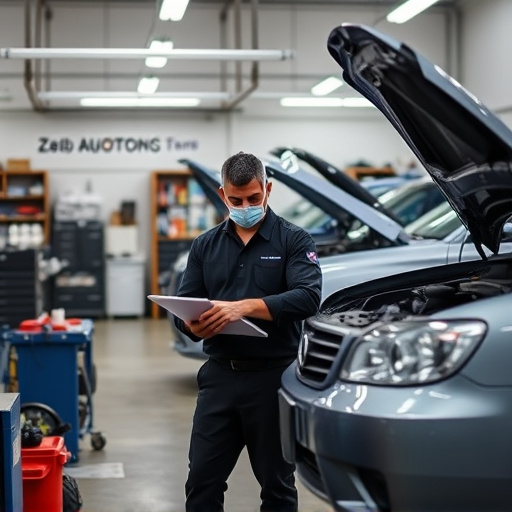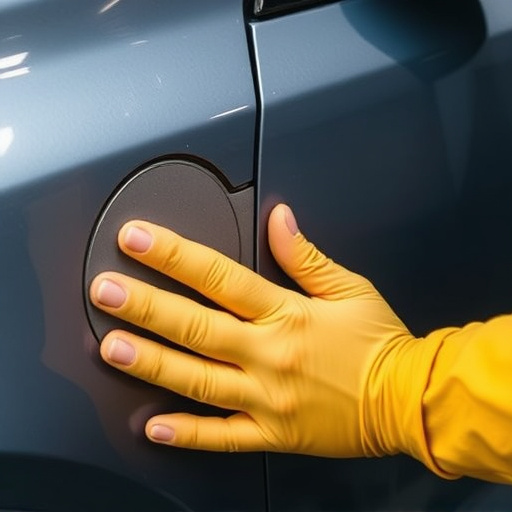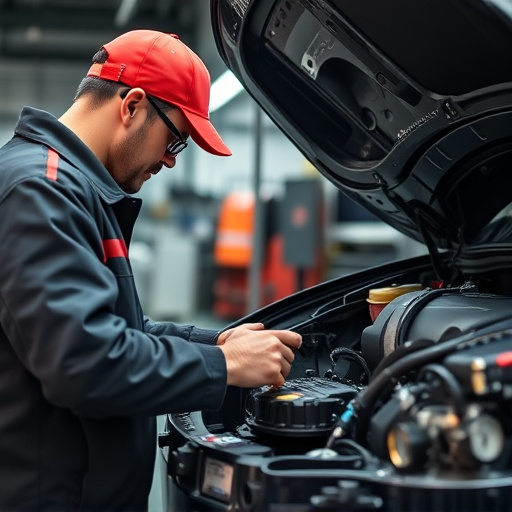Mercedes Active Brake Calibration (ABC) is a cutting-edge safety feature that enhances vehicle braking systems through sensor integration and algorithm optimization. It predicts and avoids collisions, particularly with pedestrians, by refining response times. Rigorous testing ensures effective braking without damage, reducing collision repair needs. ABC advances autonomous driving capabilities and prioritizes pedestrian detection, contributing to a safer mobility ecosystem. Proper maintenance and body shop expertise are crucial for performance and aesthetics post-accidents or repairs.
Mercedes Active Brake Calibration is a cutting-edge technology that enhances vehicle safety by validating pedestrian detection systems. As autonomous driving becomes increasingly prevalent, ensuring the reliability of these systems is paramount. This article delves into the intricacies of Mercedes Active Brake Calibration, exploring how it improves safety features and tests the robustness of pedestrian detection technologies. By focusing on these advancements, we gain insights into the future of safer transportation.
- Mercedes Active Brake Calibration: Enhancing Safety Features
- Pedestrian Detection Systems: A Focus on Technology
- Validating Safety: Testing and Reliability Assurance
Mercedes Active Brake Calibration: Enhancing Safety Features
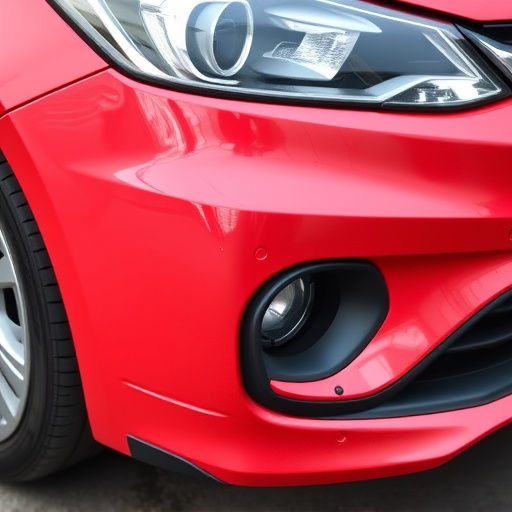
Mercedes Active Brake Calibration is a cutting-edge technology that significantly enhances safety features in modern vehicles. By meticulously calibrating the vehicle’s braking system, this advanced feature ensures precise and timely interventions during critical situations, particularly when detecting pedestrians. This calibration process involves sophisticated sensor integration and algorithm optimization to predict and avoid potential collisions, making roads safer for all users.
Through rigorous testing and fine-tuning, Mercedes Active Brake Calibration optimizes the vehicle’s response time, ensuring that brakes engage effectively without causing unnecessary damage to the vehicle or its passengers. This not only enhances passenger safety but also reduces the need for extensive collision damage repair, as well as simplifies the overall process of vehicle body repair. By prioritizing pedestrian detection and response, this technology represents a significant step forward in autonomous driving capabilities, ultimately contributing to a safer mobility ecosystem.
Pedestrian Detection Systems: A Focus on Technology
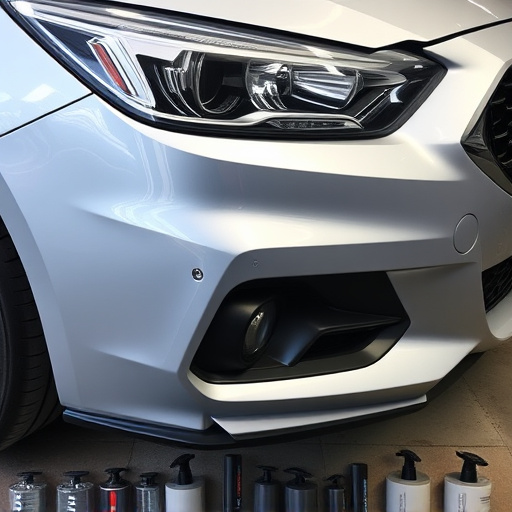
Pedestrian Detection Systems have become a cornerstone of modern vehicle safety, with advancements in technology pushing the boundaries of what’s possible. These systems employ a variety of sensors, cameras, and algorithms to identify and predict potential collisions involving pedestrians. Mercedes Active Brake Calibration plays a pivotal role here, refining and validating these detection mechanisms. By simulating real-world scenarios, this calibration ensures the system can accurately detect and react to pedestrians across different conditions, from low light to complex urban environments.
This focus on technology is not just about enhancing safety features; it’s also crucial for maintaining the integrity of a vehicle’s overall performance. In the event of an accident or when a pedestrian detection system requires repair, a qualified car body shop specializing in auto painting and auto body repairs becomes essential. They can ensure that not only is the system restored to its optimal state, but also that the car’s exterior remains as good as new, harmoniously integrating safety technology with aesthetic appeal.
Validating Safety: Testing and Reliability Assurance
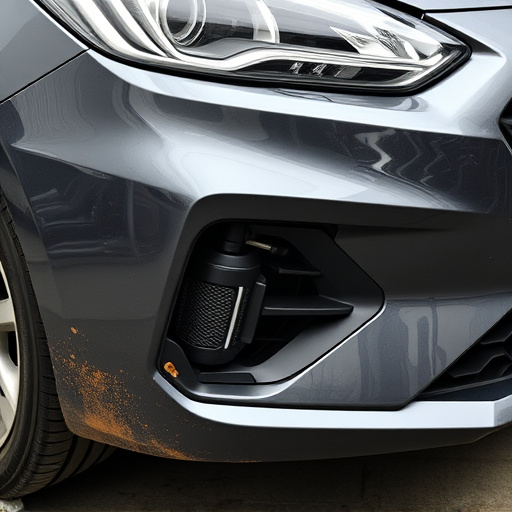
Mercedes Active Brake Calibration plays a pivotal role in ensuring the safety and reliability of pedestrian detection systems. This advanced technology goes beyond mere testing; it’s a rigorous process designed to validate the system’s performance under various conditions. Through precise calibration, Mercedes engineers ensure their active brake systems can accurately detect and respond to pedestrians effectively, minimizing the risk of collisions.
The process involves meticulous simulations and real-world tests, mirroring diverse driving scenarios. This includes evaluating the system’s ability to recognize different pedestrian behaviors, weather conditions, and vehicle dynamics. By subjecting these systems to rigorous fender repair and car body repair standards, Mercedes guarantees that their vehicles are equipped with robust safety mechanisms ready for any unexpected situations on the road. An automotive body shop’s expertise contributes to fine-tuning these systems, ensuring they meet the highest industry standards for reliability.
Mercedes Active Brake Calibration plays a pivotal role in enhancing the reliability of pedestrian detection systems. By rigorously testing and calibrating these safety features, automakers like Mercedes ensure that their vehicles can respond accurately and efficiently in real-world scenarios. This validation process is essential for maintaining high safety standards, ultimately contributing to safer roads for pedestrians and drivers alike.
